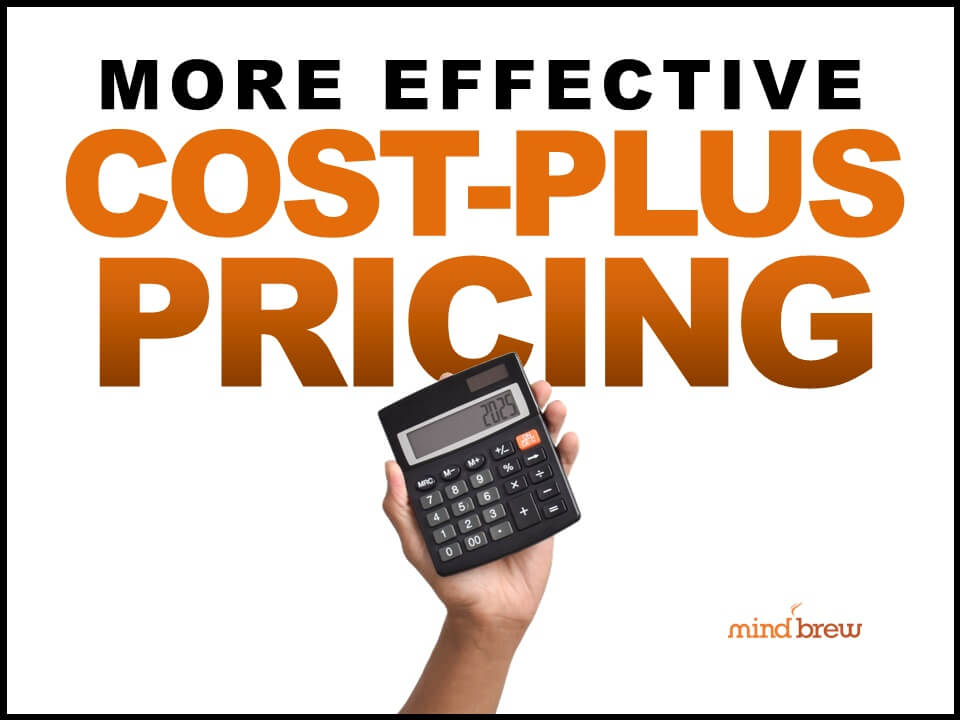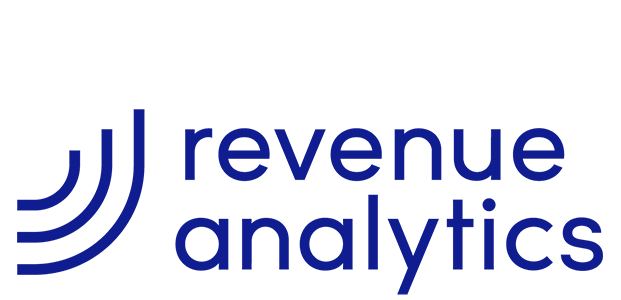Have you ever had the experience of asking someone what they do for a living and getting a really long answer that you didn’t understand at all? People in the military are especially notorious for this—they have an acronym for everything—and engineers and software developers aren’t much better.
For anyone in a technical field (and yes, pricing is pretty technical), explaining what you do to outsiders can be really tough. In your day-to-day work, you probably use a lot of jargon that other people just don’t understand. It’s almost like speaking another language.
Making matters worse, people who have chosen a technical career usually do so because they are really good at dealing with numbers and things—and conversely, they might not be so good at dealing with people and feelings.
At some point in your career (if it hasn’t happened already), you will need to explain what you do to non-pricing people. If you don’t handle that explanation carefully, the results can be problematic, especially if the person you are taking to is part of the executive or management team at your firm. If you can’t help them “get it,” they probably aren’t going to approve the particular change or request you’ve made, and in the worst case scenario, they might even decide that what you’re doing isn’t really all that important to the company.
One topic that’s particularly difficult to explain—and also vitally important to a solid B2B pricing strategy—is price segmentation. When you tell the average person that different customers should pay different prices for the same product, it just seems wrong, maybe even unfair or mean.
If (and when) you find yourself in this situation, you should keep a few things in mind:
- Tell a story. Not everybody loves a good spreadsheet, but everybody loves a good story. If you can tell a compelling narrative, you have a much better chance of helping your audience “see the light” about price segmentation.
- Bring some pictures. You’ve heard that a picture is worth a thousand words, and it’s true. If you have some presentation slides to go along with your story, your explanation will instantly become more interesting and memorable to your audience.
- Keep it simple and avoid jargon. When you are telling your story, don’t even use the phrase “price segmentation,” and for heaven’s sake don’t bring up any of the terms you learned in statistics classes. Some people think that using unknown words makes them seem smarter. It might do that, but it will also make you less effective as a communicator. Instead, only use words that your eight-year-old kid or your 75-year-old grandmother would understand.
- Invite audience participation. Evangelists, political candidates, good teachers, and other accomplished public speakers understand the importance of keeping things interactive. If you watch them, you’ll see that great speakers ask questions and get the audience to make connections for themselves instead of spelling everything out. If you can get people to decide for themselves that price segmentation is important, your presentation will be a lot more effective.
Pricing segmentation is a really complicated topic. But fortunately, you don’t have to reinvent the wheel when your turn to explain it to non-pricing people comes around. We have a tutorial called “How To Explain Price Segmentation To Others” that tells you exactly what to say and how to say it. We even have a pre-made slide deck you can use to accompany your presentation.
Public speaking and giving presentations may not be your strongest skills, but these are skills you can master with practice. And they are vitally important if you want pricing to be a discipline that is taken seriously and used effectively at your firm.















